Orange Amps began in 1968 in a basement shop in London, founded by the now legendary Cliff Cooper. Orange amps have been used by massive artists all over the world and have firmly cemented their place in rock n’ roll history. With players like Jim Root (Slipknot), Billy Gibbons (ZZ Top), Jimmy Page (Led Zeppelin) and Mastodon.
The amps are powerful and have a distinct mid-range tone that they’re well known for. Pioneers of the humble lunchbox amplifier (theirs was the Tiny Terror) which spawned a whole slew of new guitar amps since inception and constantly pushing forward with putting the player first, Orange are still a truly ‘music-first’ company.
We asked Cliff Cooper a diverse range of questions and he shared his wisdom and stories with us. Read more below…
Can you give us a bit of background about what inspired you to start Orange and the backstory?
When I opened the Orange Shop, the purpose was to build a recording studio which was my passion at the time. We built the studio in the basement but I ran out of money and I had to sell my band’s equipment in the shop upstairs on the ground floor. My Vox amps and cabs sold the first day so we started selling amps and guitars. It was then I decided to call the shop Orange which is my favourite colour. I painted the shop bright orange from a dark brown which didn’t go down well with the council!
What made you go for bright Orange tolex when everyone around you was making black amplifiers and cabinets in the 60s?
When I opened the shop, none of the big companies would supply me which included Marshall, Fender and Gibson so I decided to build my own amps as my background was in electronics. Because the shop was called Orange, I thought that we’d be different and cover our amps with orange tolex.
When Orange was a music shop back in the day, did you ever imagine becoming a specialist guitar amp manufacturer and how did you go about creating that unique amp sound?
I had no idea that Orange would become so popular so quick and it was a big surprise that the manufacturing side overtook music shop sales and became my lifetime’s work. In the late 60s, a lot of bands were looking for a new sound. Bands would visit our recording studio asking for something different with their guitar tone – very early Orange Amps were loud but guitarists wanted something different still…
I hired John James who designed the Graphics Valve Amplifier (nicknamed the ‘Pics Only’ amplifier). He designed the amp markedly different from previous Orange Amps resulting in the valves being driven harder for the Orange crunchy sound you hear in our amplifiers today.
The unique sound came by using high stability, high spec components and state of the art transformers and then shaping our sound around this solid base.
Who are your favourite artists that you’ve worked with-in the last 50 years of Orange?
Stevie Wonder, Jimmy Page, Fleetwood Mac, Oasis, Marcus King to name but a few. I love working with bands and musicians and I’m always there for them.
What’s your personal Orange amp of choice and why?
I love all of our amps otherwise we wouldn’t release them but I do have a soft spot for the Rockerverb series.
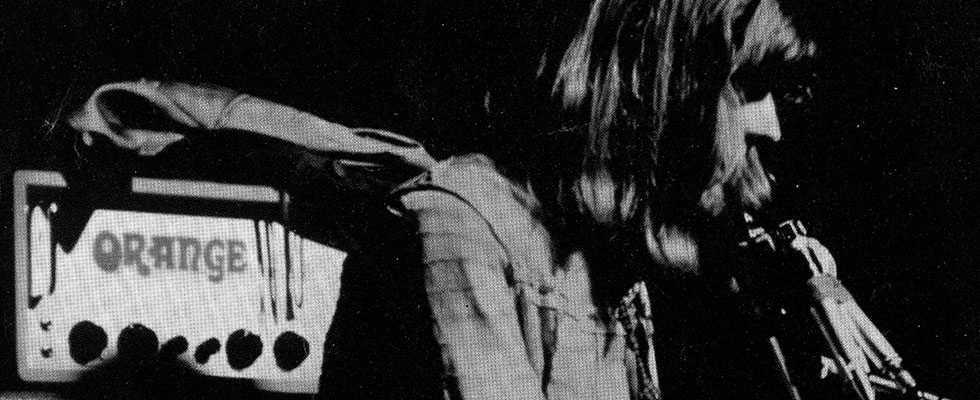
Orange revolutionised the amp world with the Tiny Terror. At the time did you think it was going to have such an impact on the guitar world and did you expect so many other amp companies to copy the concept?
We built the Tiny Terror to be a compact, portable amplifier, it sounded great and we were all surprised by the impact that it had on guitar amplifiers. I never mind people copying as it is always so flattering.
People always speak about the quality and durability of Orange Amps. Do you think that comes down to high-quality components, the manufacturing process or a stringent quality control?
Yes yes and yes! It comes down to all three. Quality control is essential, reliability comes from design and the best quality components.
What are your thoughts on modelling amps like the Kemper and Axe-FX?
Personally, there is a market for these but for me it’s not the real thing. One day I guess they might get modelling amps right but until then, we’ll carry on making our pure analogue amplifiers.
Orange Amps are one of the go-to names when speaking about guitar cabs. How important is a guitar cab to a guitarists tone and what makes Orange Cabs so good?
Our cabs are made from 18mm marine birch ply. Admittedly, they are slightly heavier but it’s the only way to make them sound so good. We found adding wooden skids over rubber helped make them more convenient for load-ins and helps acoustically couple the cab to the stage for extra depth of tone.
What does the future hold for the next 50 years of Orange amps?
Well… I won’t be here for all of it unfortunately but my hope is that Orange continue to put quality first before cost and pays attention to making our sound hit that “sweet spot”. The sweet spot for me is when the “tingle” runs through your body when it’s just right and you are at one with your guitar and amplifier.
If you enjoyed this article why not read more interviews in our Industry section of the blog.




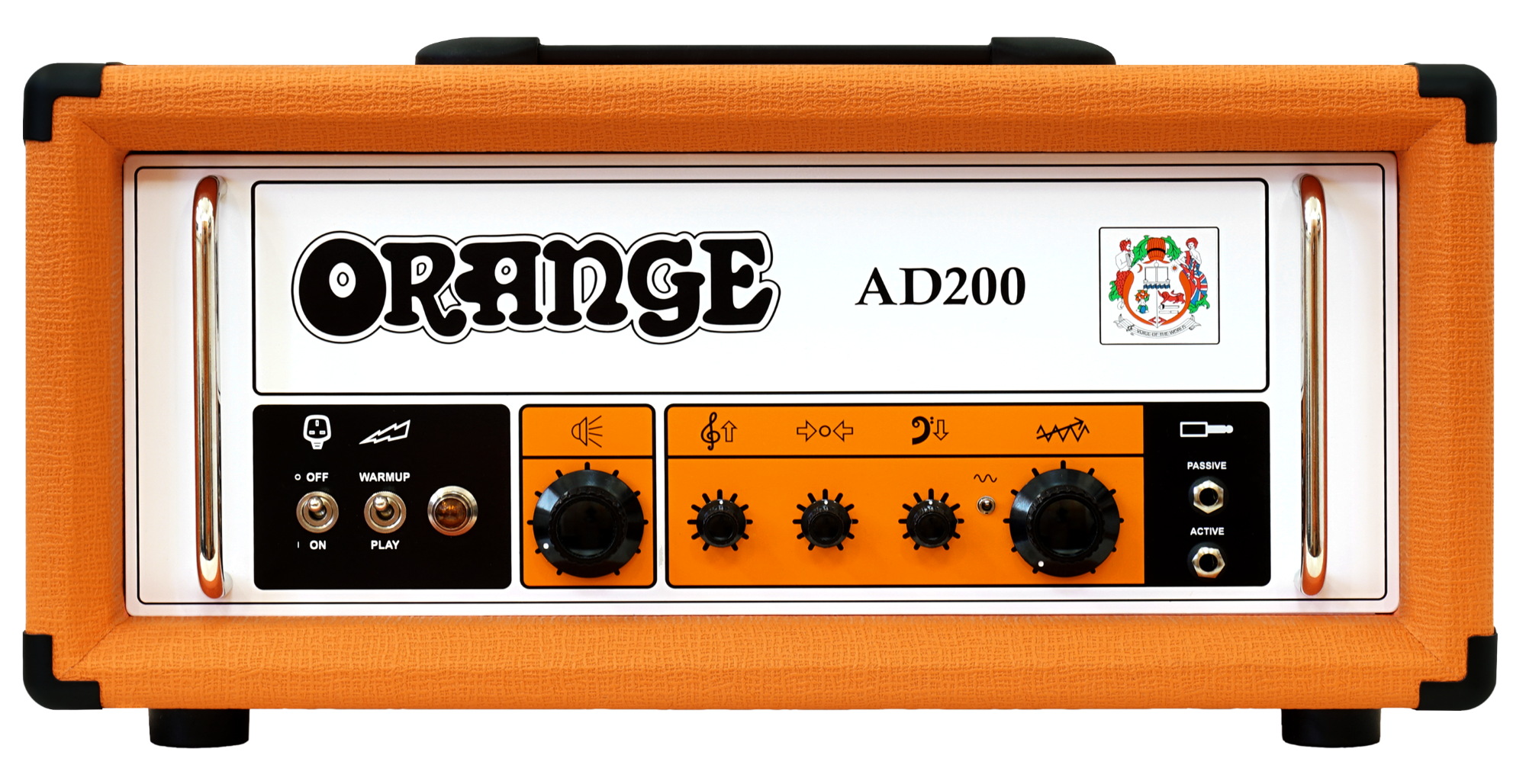


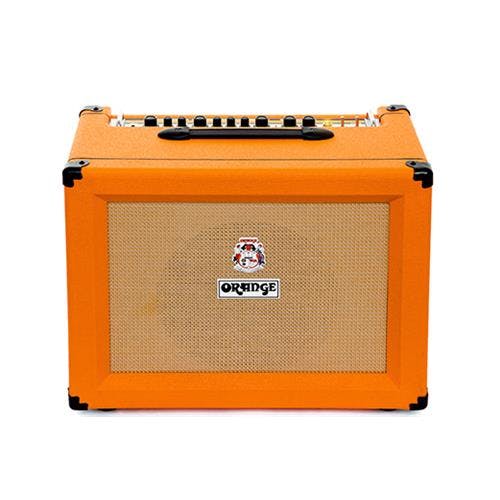
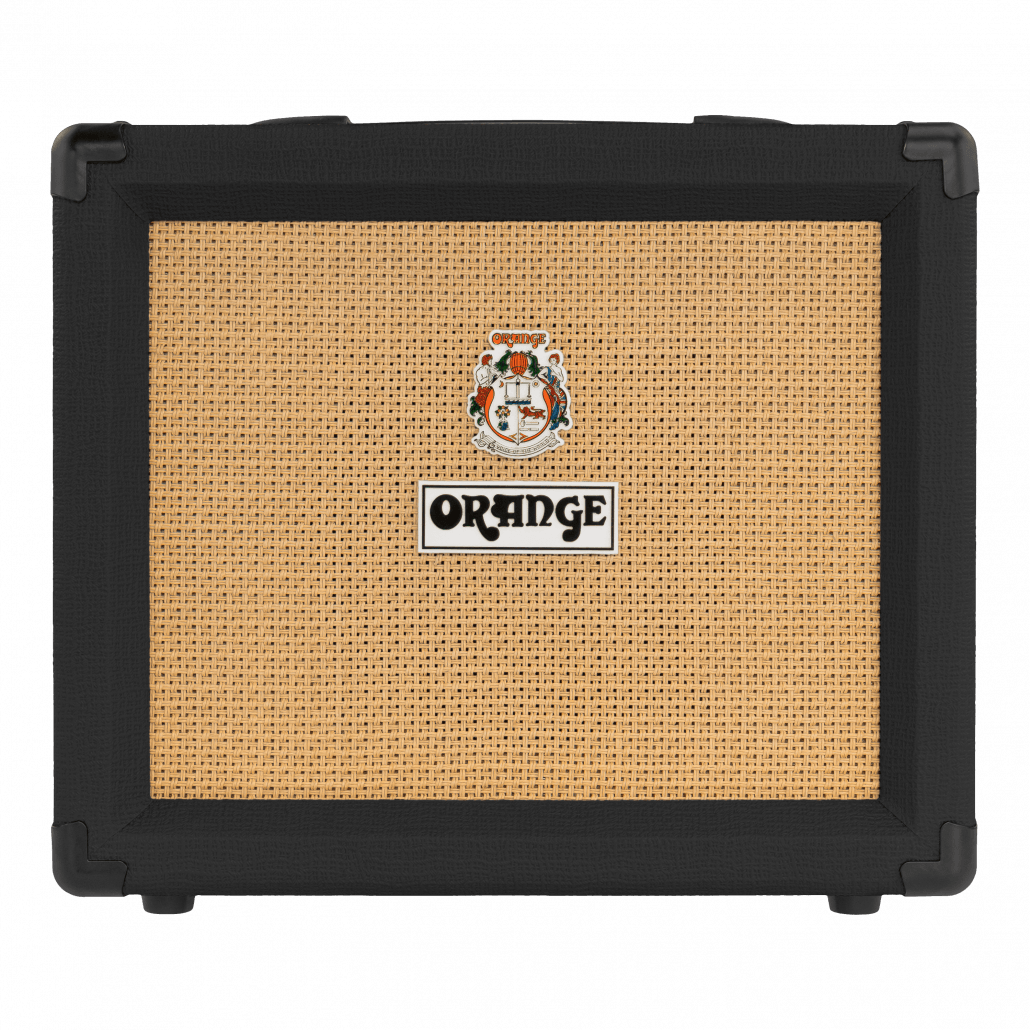
 - 1.png?w=400&h=400&&fit=fill&bg=FFFFFF)
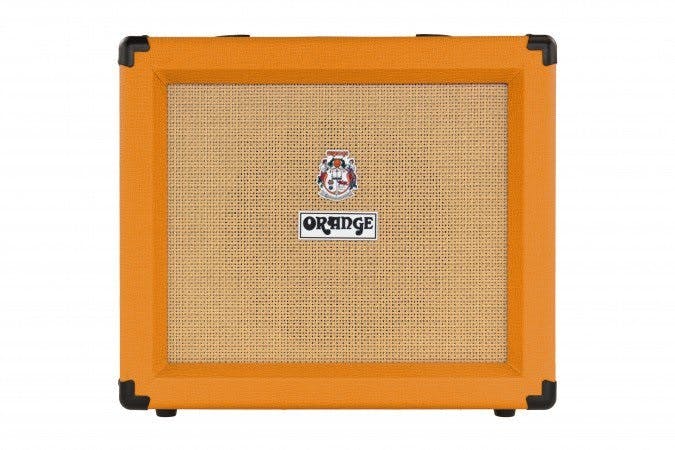


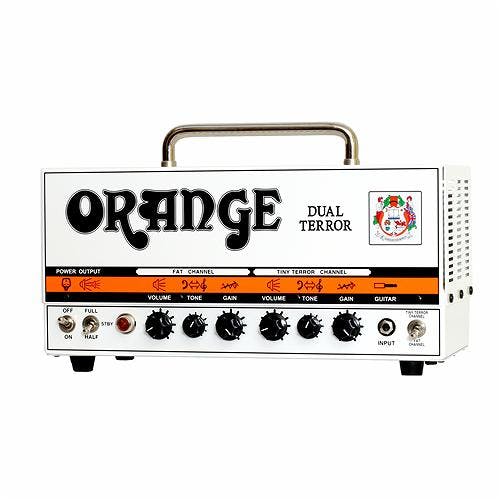



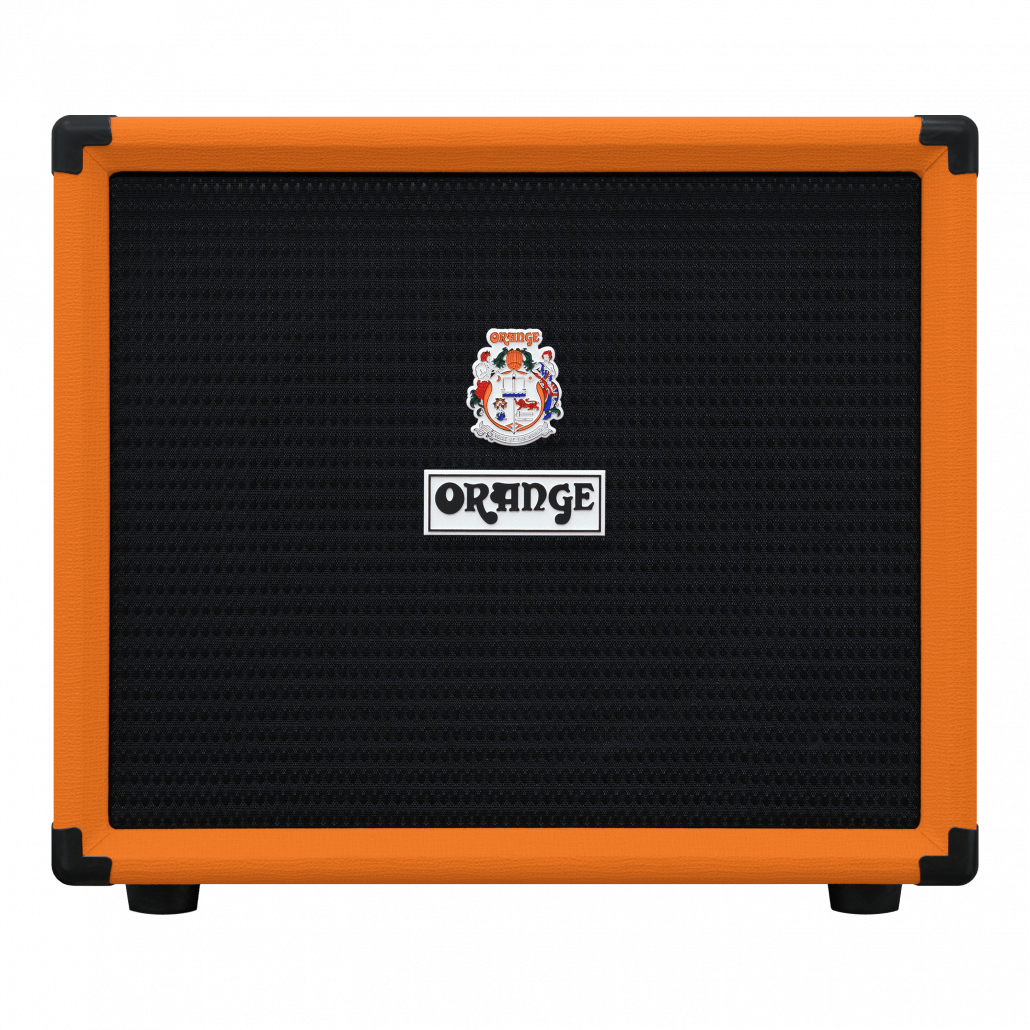


Responses & Questions